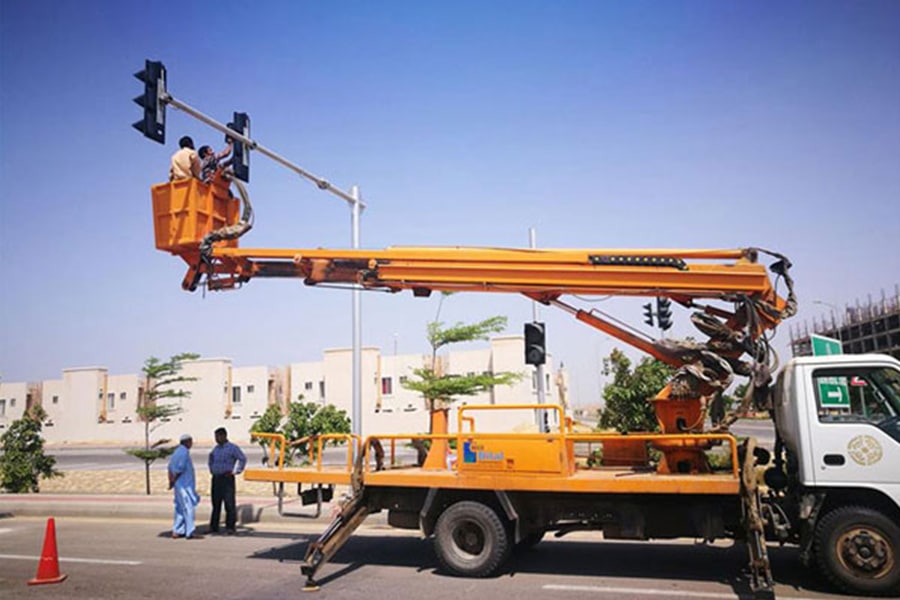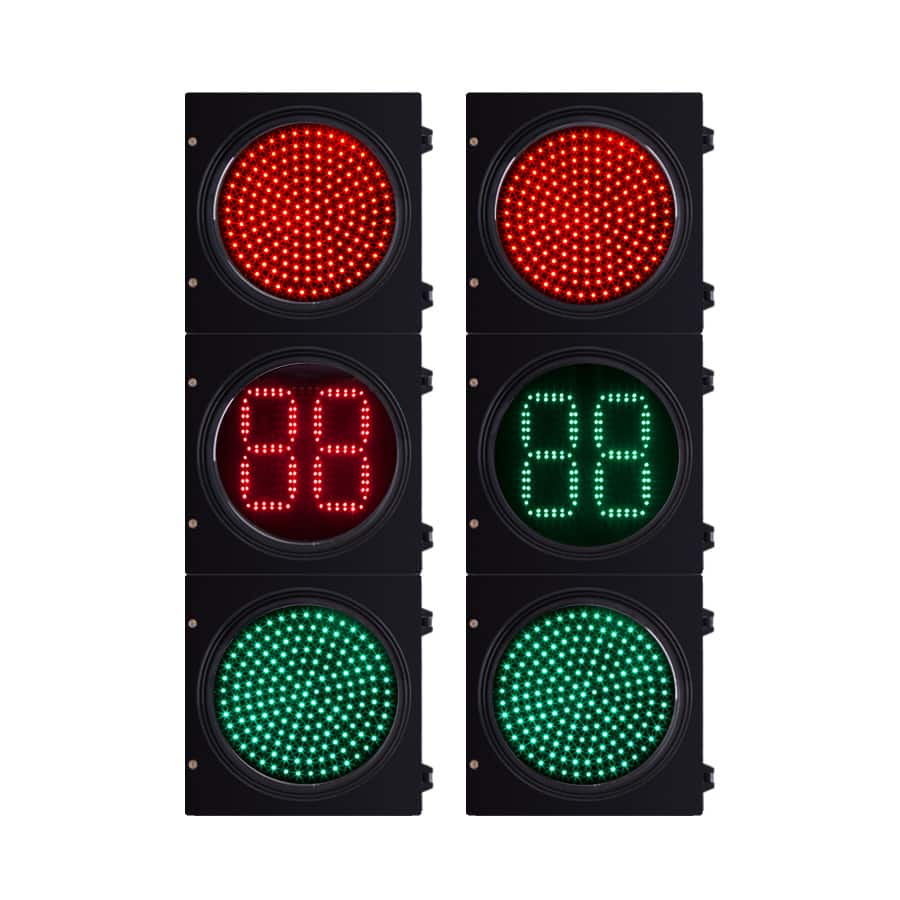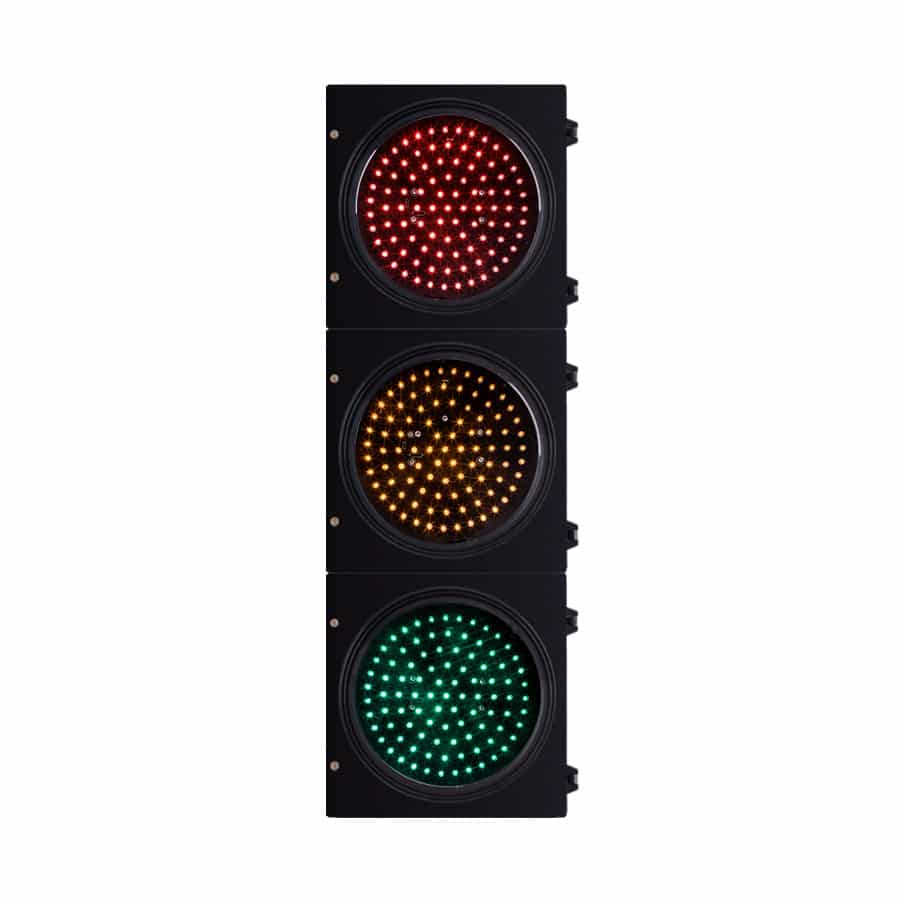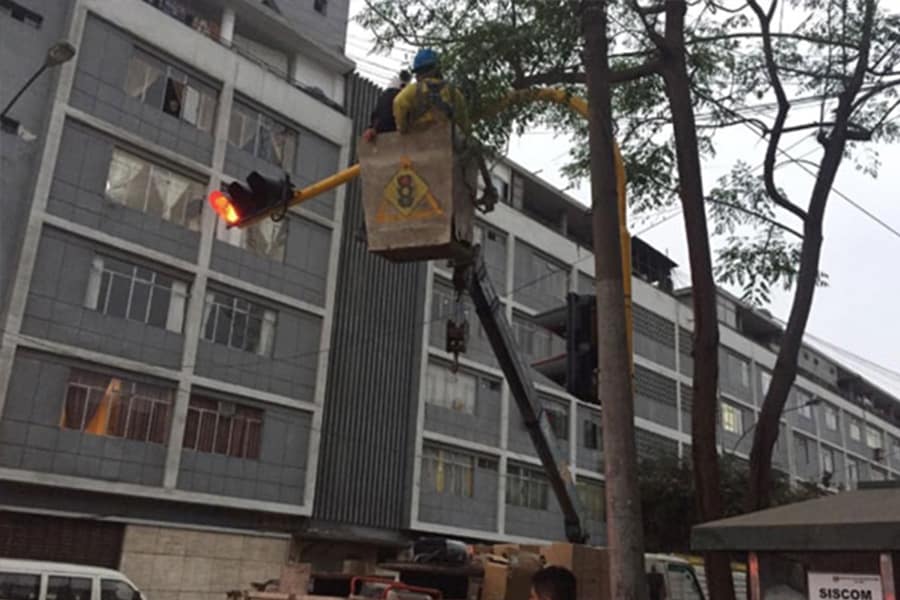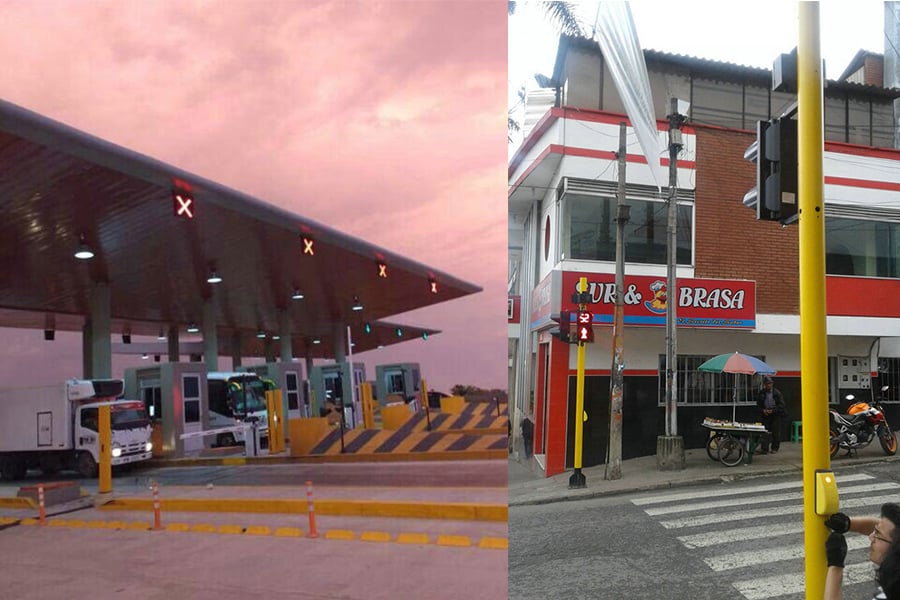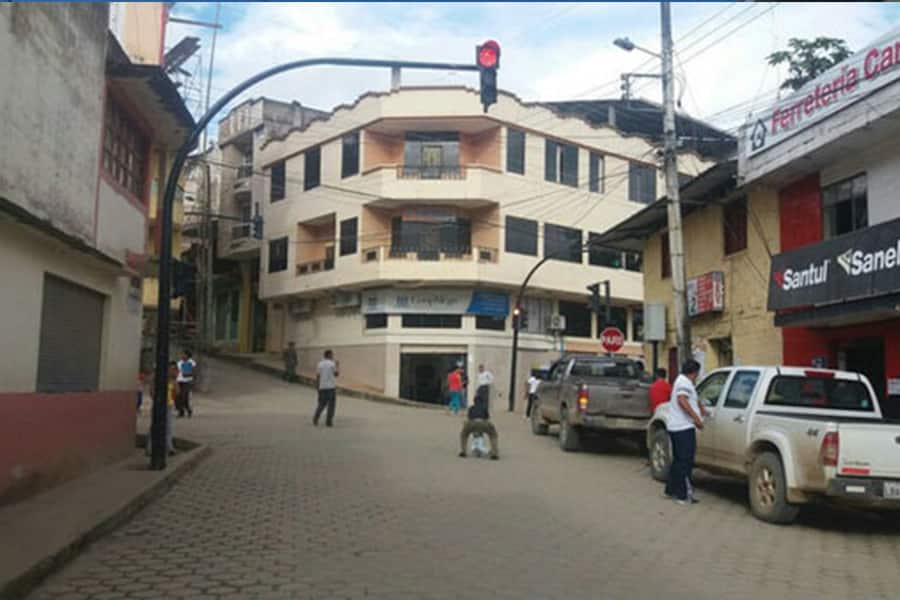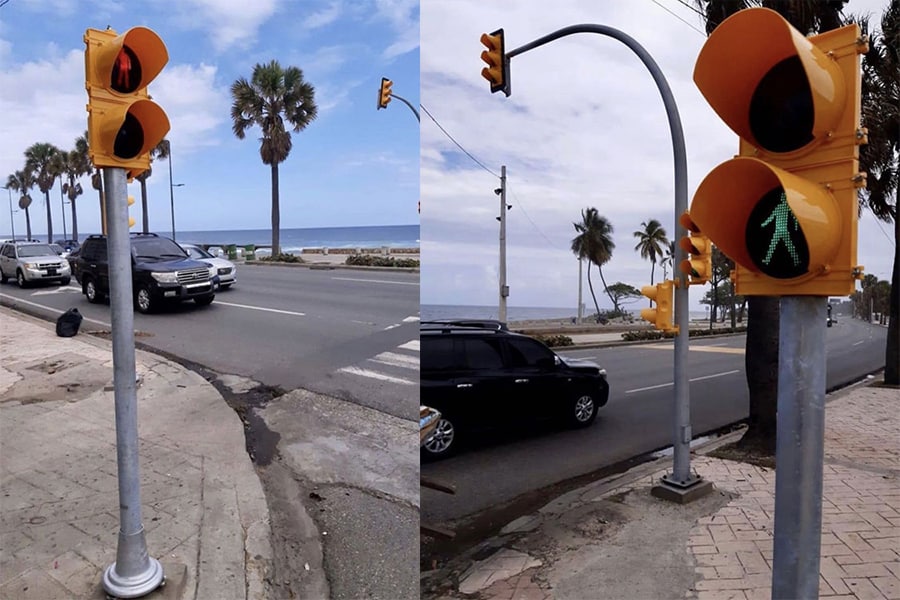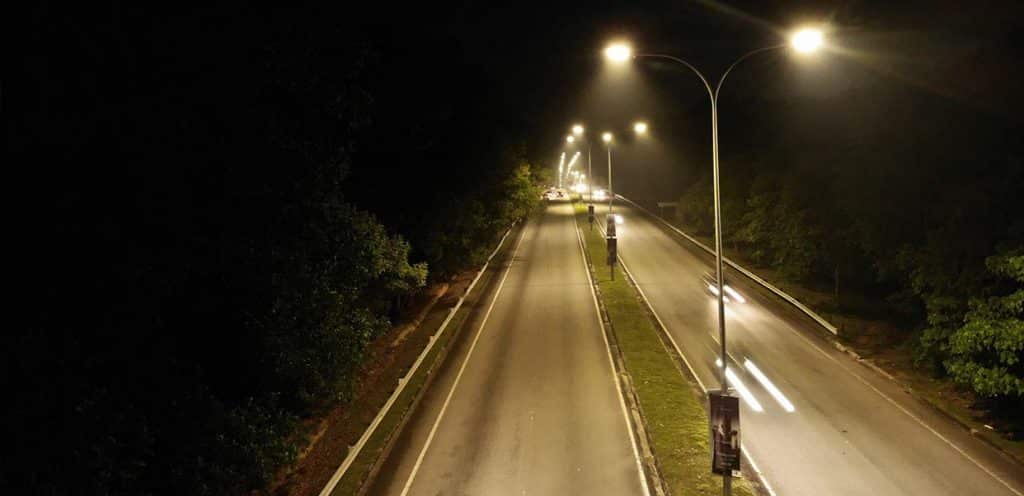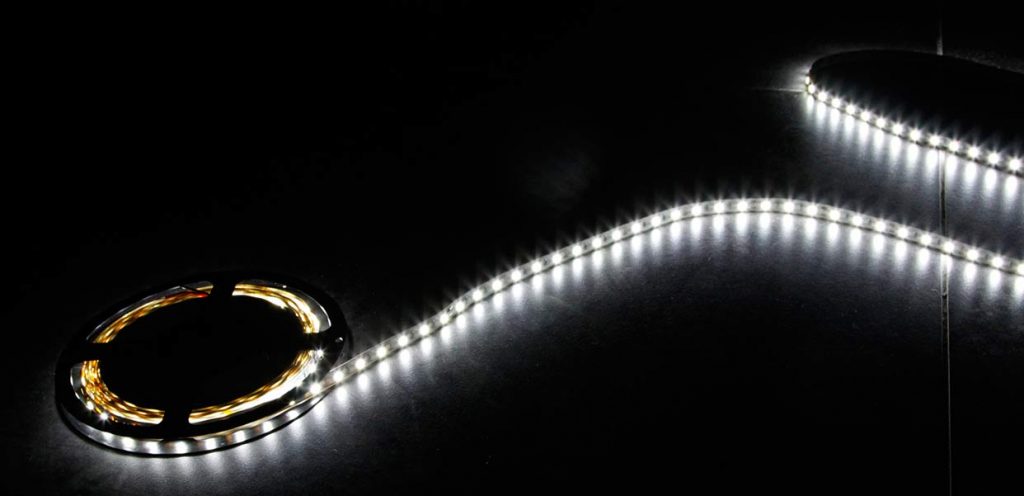12’’ Traffic Signs Light for Motorways in Pakistan
This is a traffic signs light project for urban road motor vehicle lanes in Pakistan. It was completed in 2018. The diameter of 300mm red, yellow, and green direction arrow traffic lights were selected. The road has 4 lanes in both directions, one of which has two lanes.
Traffic Signs Light manufacturers in pankistan.Each lane is installed with a set of red, yellow, and green arrows. Signal lights give signal instructions to vehicles driving in each lane, and 300mm red and green pedestrian signal lights are installed on the sidewalk.
Project details:
| Product | Model | Diameter | Quantity |
| Red, yellow, and green direction arrow signal light | JD300-3-ZGSM-3-RYG | 300mm | 80pcs |
| 300mm red and green pedestrian signal lights | RX200-3-ZGSM-2-RGD288 | 300mm | 40pcs |
.


